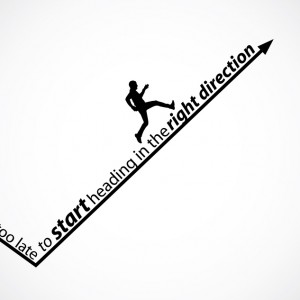
Leadership Courage
Even in the best circumstances, leadership requires courage. We’ve all seen how doubt, insecurity and fear make organizational challenges more difficult and, in extreme cases, insurmountable.

Even in the best circumstances, leadership requires courage. We’ve all seen how doubt, insecurity and fear make organizational challenges more difficult and, in extreme cases, insurmountable.

Like great works of art, a good manager is hard to define. But ask anyone how to define a bad manager, and be prepared for

I’ve been very impressed with a couple of books about improv comedy and how people are using the rules of improv comedy to improve conversation

Conversations at work can often feel more like political debates and battles between egos. People with strong points of view argue and debate without anyone

I’ve been sharing my thoughts about managing people, in particular the advantages of asking questions. We work in a culture of telling, where conversations become

If you’re wondering how to motivate your employees, get started with an individual motivational conversation. Boost employee commitment by talking to them about their motivational

These past few blog posts have been dissecting the elements of trust (here, here and here). If you were to boil down trust to its

In the work I do coaching leaders, everyone purports to have high leadership trust with stakeholders. Surveys, however, show otherwise. (See my previous post here.)

An organization’s health is only as sound as its leader’s decisions. Some companies prosper from wise leadership directions, while others struggle after flawed choices—choices that

How a leader responds to adversity reveals how effective that leader truly is. Reactions to setbacks or crises not only test leadership character but define

Business is an active, demanding endeavor. Only those who consistently apply themselves succeed. Organizations that thrive require leaders who actively dream, plan, engage, solve, pursue,

Surveys and studies indicate global job dissatisfaction is at a two-decade high. Disengaged employees account for nearly 70 percent of the workforce, which significantly affects







